Home>Garden Essentials>How To Make A Cat Water Fountain
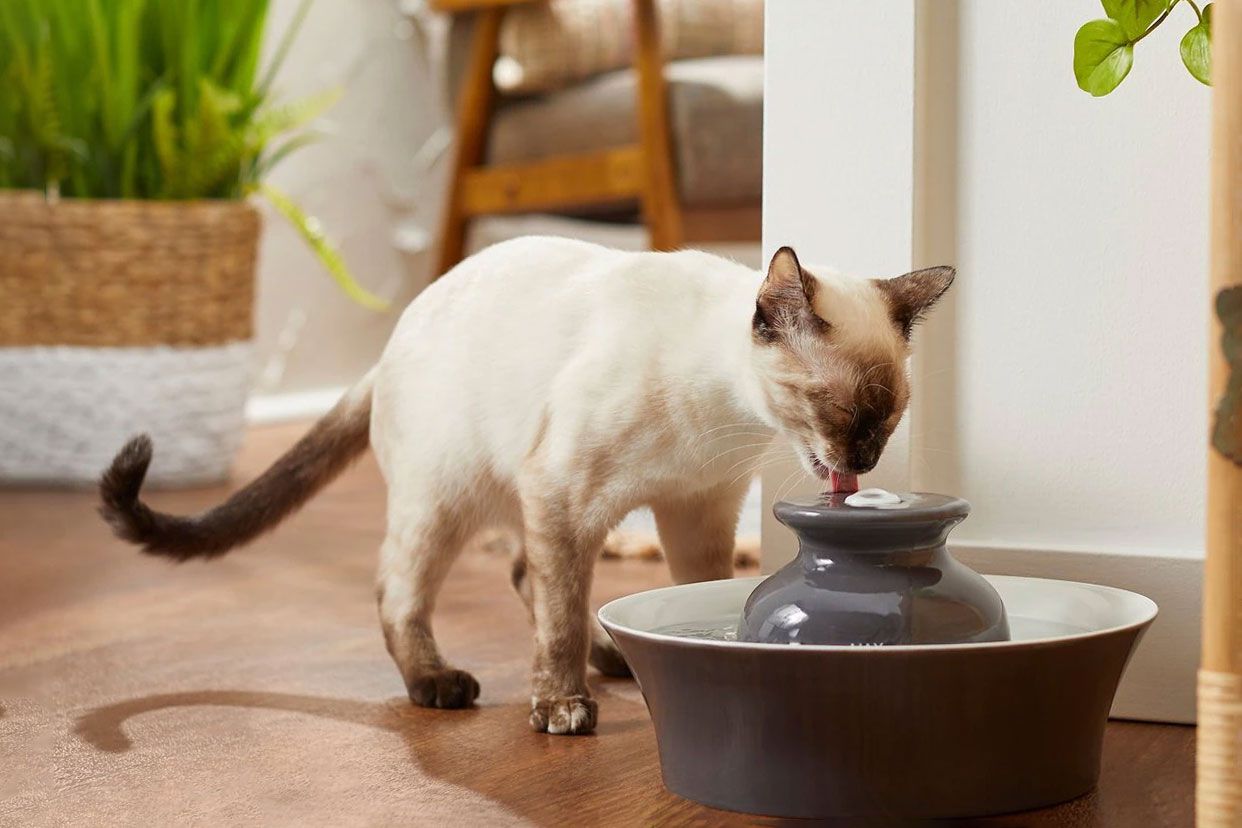

Garden Essentials
How To Make A Cat Water Fountain
Modified: March 16, 2024
Learn how to create a garden-themed cat water fountain and keep your furry friend hydrated and happy. Step-by-step instructions and tips for a purrfect addition to your outdoor space.
(Many of the links in this article redirect to a specific reviewed product. Your purchase of these products through affiliate links helps to generate commission for Storables.com, at no extra cost. Learn more)
Introduction
Welcome to the ultimate guide on how to make a cat water fountain. As a responsible cat owner, providing your furry friend with fresh, flowing water is essential for their overall health and well-being. Cats are naturally attracted to running water, as it mimics the natural streams and rivers they would encounter in the wild. By creating a DIY cat water fountain, you can ensure that your cat stays hydrated and happy.
In this article, we will walk you through the step-by-step process of building your own cat water fountain. We will cover everything from choosing the right container to setting up the water flow and filtration system. Whether you’re a seasoned DIY enthusiast or just starting out, this guide is designed to help you create a functional and aesthetically pleasing water fountain for your cat.
Not only will a homemade cat water fountain provide a constant source of fresh water, but it can also be a fun and engaging project for you and your cat. Cats are curious creatures, and they will be intrigued by the sight and sound of flowing water. It can also help encourage them to drink more water, which is especially important for cats who are prone to urinary tract issues.
Before we dive into the DIY process, let’s explore some of the reasons why providing a water fountain for your cat is beneficial.
Key Takeaways:
- Making a DIY cat water fountain provides numerous benefits, including increased water intake, mimicking natural water sources, and enhancing mental stimulation for your cat. It’s a fun and engaging project that promotes your cat’s health and well-being.
- Regular maintenance and cleaning of the cat water fountain are essential to ensure the water remains fresh and free from impurities. By following simple steps like checking the water level and replacing the filter, you can provide your cat with a continuous supply of clean, flowing water.
Read more: How To Make A Cat Water Fountain Quieter
Why Provide a Water Fountain for Your Cat
When it comes to keeping your cat hydrated, a water fountain offers numerous advantages over a traditional water bowl. Here are some compelling reasons why you should consider providing a water fountain for your cat:
- Encourages Increased Water Intake: Cats have a low thirst drive, and they often don’t drink enough water. However, the continuous flow of water from a fountain can entice them to drink more frequently. Staying properly hydrated is crucial for their overall health, especially for preventing urinary tract problems.
- Mimics Natural Water Sources: In the wild, cats prefer drinking from running water sources like streams. A water fountain replicates this flowing water effect, making it more appealing to your cat’s instincts.
- Fresher and Filtered Water: While stagnant water in a bowl may become dirty and unappetizing, a water fountain constantly circulates and filters the water. This helps to keep it clean and free from debris, preventing bacterial growth and ensuring a fresh supply of water for your cat.
- Enhances Mental Stimulation: Cats are naturally curious and enjoy interactive experiences. A water fountain provides visual and auditory stimulation, capturing their attention and engaging their playful nature.
- Reduces the Risk of Dehydration: Dehydration can be a serious issue for cats, leading to various health problems. By providing a water fountain that offers a continuous flow of water, you help to minimize the risk of dehydration and associated health issues.
- Aesthetically Pleasing: A well-designed water fountain can be a stylish addition to your home decor. With a variety of designs and materials available, you can find a cat water fountain that complements your living space while also providing functionality.
Now that we understand the benefits of a cat water fountain, let’s move on to the materials you’ll need to get started.
Materials Needed
Gathering the necessary materials is the first step in creating your DIY cat water fountain. Here’s a list of items you’ll need:
- Container: Choose a suitable container that will serve as the base of your water fountain. It should be deep enough to hold a sufficient amount of water for your cat to drink from, and wide enough to attach the necessary components.
- Water Pump: Select a small submersible water pump that is specifically designed for use in pet fountains. Look for a pump with adjustable flow settings to ensure the water flow is suitable for your cat’s preferences.
- Tubing: You will need flexible tubing that fits securely onto the outlet of the water pump. The size of the tubing should match the pump’s outlet diameter.
- Drill and Drill Bits: Depending on the materials you’ll be working with, you may need a drill and appropriate drill bits. This will be used to create holes in the container for the water flow.
- Water Filter: To keep the water clean and free from debris, a water filter is essential. Look for a filter that is compatible with the size of your water fountain and that can be easily replaced or cleaned.
- Decorative Rocks or Pebbles: Optional, but adding decorative rocks at the base of the water fountain can provide a natural look and help to stabilize the container.
- Electrical Cord Protector: If the water fountain will be placed near an outlet, an electrical cord protector can prevent any accidental damage to the cord and ensure your cat’s safety.
- Water: Of course, you’ll need clean, fresh water to fill the fountain.
These are the basic materials required to create a functional cat water fountain. Depending on your design preferences, you may choose to add additional decorative elements or customize certain aspects of the fountain. Now that you have gathered everything you need, let’s move on to the step-by-step process of building your cat water fountain.
Step 1: Choose the Right Container
The container you choose will serve as the foundation of your cat water fountain. It’s important to select a container that is suitable for your cat’s needs and fits your aesthetic preferences. Here are some factors to consider when choosing a container:
- Size: The container should be large enough to hold an ample amount of water for your cat to drink from without frequent refilling. Consider the size of your cat and how much water they typically consume to determine the appropriate size.
- Stability: Opt for a container that is stable and won’t easily tip over. Cats can be quite energetic, and you want to ensure that the fountain remains steady even if your cat decides to play around it.
- Material: The material of the container should be safe for your cat to drink from. Avoid containers made of toxic materials such as lead or BPA. Stainless steel, ceramic, or food-grade plastic containers are popular choices for cat water fountains.
- Design: Consider the design and style of the container. Choose one that complements your home’s decor and reflects your personal taste. Remember, a cat water fountain can also be a decorative element in your living space.
Once you’ve determined the size, stability, material, and design of the container, you are ready to move on to the next step. In the next section, we will discuss how to prepare the container for the water flow by drilling holes.
Step 2: Drill Holes for the Water Flow
In this step, you will create openings in the chosen container to allow for the water to flow. Follow these instructions to drill holes for the water flow:
- Mark the drill points: Determine where you want the water to flow out of the container. You can choose to have multiple holes or a single hole, depending on your preference. Mark the spots with a pencil or marker.
- Choose the right drill bit: Select a drill bit size that matches the diameter of the tubing you plan to use. This will ensure a snug fit and prevent any leakage.
- Secure the container: Place the container on a stable surface and secure it firmly. You may use clamps or ask someone to hold the container steady while you drill.
- Drill the holes: Start drilling at the marked points, applying steady pressure and maintaining a perpendicular angle to the container’s surface. Begin with a slow speed and gradually increase if needed, taking care not to crack or damage the container.
- Clean the holes: After drilling, remove any debris or shards from the holes. Wipe the container clean to ensure no residue is left behind.
By drilling holes in the container, you create a pathway for water to flow out and into your cat’s water fountain. Once the holes are prepared, you are ready to move on to the next step: attaching the water pump.
When making a cat water fountain, use a food-safe, non-toxic material for the fountain and ensure the water is constantly flowing to encourage your cat to drink more.
Read more: Why Cat Water Fountain
Step 3: Attach the Water Pump
Now that you have prepared the container with holes for the water flow, it’s time to attach the water pump. The water pump will be responsible for circulating the water through the fountain. Follow these steps to securely attach the water pump:
- Choose the right placement: Decide where you want to position the water pump inside the container. Ideally, it should be placed near the bottom to ensure proper water circulation.
- Insert the tubing: Take the tubing and carefully insert one end onto the outlet of the water pump. Ensure that it fits snugly and creates a secure connection.
- Thread the tubing through the holes: Thread the other end of the tubing through one of the drilled holes in the container. If you have multiple holes, you can choose the one that suits the water flow pattern you desire.
- Position the water pump: Place the water pump inside the container, making sure it sits securely and upright. If needed, use rocks or other materials to stabilize the pump.
- Secure the tubing: Once the pump is positioned, secure the tubing in place using clips or zip ties. This will prevent the tubing from shifting or falling out of the holes.
By attaching the water pump, you are setting the foundation for the water flow in your cat water fountain. The pump will propel the water through the tubing and out of the drilled holes, creating a continuous stream for your cat to enjoy. In the next step, we will discuss how to set up the water filter for cleaner water.
Step 4: Set Up the Water Filter
Setting up a water filter is an important step in maintaining clean and debris-free water for your cat. A water filter helps to remove impurities and ensures a fresh supply of water in the fountain. Follow these steps to set up the water filter:
- Choose a suitable filter: Select a water filter that is compatible with the size and design of your cat water fountain. There are various types of filters available, including foam filters, carbon filters, and ceramic filters. Read the manufacturer’s instructions to ensure you choose the right filter for your fountain.
- Prime the filter: Some filters require priming before use. Follow the instructions provided with the filter to properly prime it. This may involve soaking the filter in water or running it under a faucet until it becomes saturated.
- Install the filter: Depending on the design of your water fountain, there will be a designated area or compartment to place the filter. Carefully position the filter in its designated spot, ensuring that it fits properly and securely.
- Assemble the fountain components: If necessary, reassemble any components or parts that were removed to accommodate the filter. Ensure that everything is properly aligned and tightly secured.
- Test the water flow: Before filling the fountain with water, turn on the water pump and observe the water flow. Check that the water is passing through the filter and circulating back into the container smoothly. Adjust the pump’s flow settings if necessary to achieve the desired flow rate.
With the water filter in place, you are now ready to provide your cat with clean and filtered water through the fountain. In the next step, we will discuss how to fill the fountain with water and perform a final test to ensure everything is working properly.
Step 5: Fill and Test the Fountain
Now that you have completed the setup of your cat water fountain, it’s time to fill it with water and perform a final test. Follow these steps to fill and test the fountain:
- Fill the container: Fill the container with clean, fresh water. Ensure that the water level is below the maximum capacity indicated by the container to prevent any overflow.
- Turn on the water pump: Switch on the water pump to activate the flow of water. Observe the water as it flows out of the drilled holes and circulates through the fountain.
- Check for proper water flow: Ensure that the water is flowing smoothly and evenly from the holes. Adjust the flow settings on the water pump if necessary to achieve the desired water flow.
- Monitor for any leaks or issues: Pay attention to any signs of leakage or malfunctioning parts. Check the connections, tubing, and pump for any leaks or loose fittings. Address any issues promptly to prevent further damage or disruption to the water flow.
- Allow your cat to explore: Introduce your cat to the water fountain and give them some time to familiarize themselves with it. Some cats may need a little encouragement or enticement to approach the flowing water. Monitor their behavior to ensure that they are comfortable and drinking from the fountain.
By filling and testing the cat water fountain, you can ensure that it is functioning properly and providing a continuous flow of clean, fresh water for your cat. Regularly monitor the fountain to ensure that it remains clean and the water level is sufficient for your cat’s needs.
Now that you have successfully completed all the steps, your DIY cat water fountain is ready for your cat to enjoy. Remember to regularly clean and maintain the fountain to keep the water fresh and free from impurities. With proper care, your cat will have a constant supply of clean, running water, promoting good hydration and overall health.
It’s time to let your furry friend reap the benefits of their new water fountain. Cheers to happy cats and a well-hydrated companion!
Maintenance and Cleaning Tips
Maintaining a clean and hygienic cat water fountain is essential to ensure the health and well-being of your furry friend. Regular maintenance and cleaning will help to keep the water fresh and prevent the growth of bacteria. Follow these tips to maintain and clean your cat water fountain:
- Regularly check the water level: Monitor the water level in the fountain and ensure it is always above the minimum level. Refill with fresh water as needed to prevent the pump from running dry.
- Clean the fountain weekly: Disassemble the fountain and clean each component weekly. Use mild dish soap and warm water to scrub away any dirt, algae, or debris. Rinse thoroughly to remove any soap residue.
- Deep clean monthly: Once a month, perform a deep clean by soaking all removable parts in a mixture of white vinegar and water. Scrub the components to remove any stubborn build-up or mineral deposits. Rinse thoroughly before reassembly.
- Replace the water filter regularly: Follow the manufacturer’s guidelines for replacing the water filter. This will ensure that the water remains clean and free from impurities.
- Inspect and clean the pump: Periodically check the water pump for any debris or clogs. Clean the pump impeller and housing using a soft brush or toothbrush. This will help to maintain proper water flow and prevent pump malfunctions.
- Monitor for mold or algae growth: Keep an eye out for any signs of mold or algae growth in the fountain. If detected, clean the affected areas with a mixture of white vinegar and water or a pet-safe disinfectant.
- Check for leaks: Regularly inspect the connections, tubing, and pump for any leaks. Address any leaks promptly to avoid water damage and ensure proper water flow.
- Provide fresh water: Alongside the water in the fountain, always provide your cat with a separate bowl of fresh water. Some cats may prefer drinking from a bowl, and it’s important to offer them options for hydration.
By following these maintenance and cleaning tips, you can ensure that your cat’s water fountain remains clean, hygienic, and functioning optimally. Regular care and attention will provide your cat with a continuous supply of fresh, flowing water, promoting their health and well-being.
With proper maintenance and the love of a caring owner, your cat water fountain will continue to provide your furry friend with an enticing and refreshing drinking experience for years to come.
If you have any concerns or notice any issues with the fountain, consult the manufacturer’s instructions or seek advice from a veterinarian to ensure the best care for your cat.
Read more: How To Clean A Cat Water Fountain
Conclusion
Congratulations on completing your DIY cat water fountain! By following the step-by-step guide outlined in this article, you have successfully created a functional and engaging water source for your feline companion.
Providing your cat with a water fountain offers numerous benefits, including increased water intake, mimicking natural water sources, fresher and filtered water, enhanced mental stimulation, reduced risk of dehydration, and an aesthetically pleasing addition to your home.
Remember to maintain and clean the fountain regularly to ensure the water remains fresh and free from impurities. Regularly check the water level, clean the fountain components, replace the filter, and inspect the pump for any issues. By implementing these maintenance tips, you will keep the water fountain in optimal condition and provide your cat with a clean and enjoyable drinking experience.
Observe your cat’s behavior and ensure they are comfortable with the water fountain. Some cats may require time to adjust to the new fountain, while others may immediately embrace the flowing water. If necessary, entice your cat by gently placing their paws near the water or using a toy to attract their attention.
With your cat water fountain up and running, you have provided your cat with an enticing and refreshing drinking option. Your furry friend will appreciate the continuous supply of clean, flowing water, and you can enjoy the peace of mind knowing that you are promoting their health and well-being.
So go ahead, sit back, and watch as your cat enjoys their new water fountain. Cheers to many happy and hydrated years together!
Frequently Asked Questions about How To Make A Cat Water Fountain
Was this page helpful?
At Storables.com, we guarantee accurate and reliable information. Our content, validated by Expert Board Contributors, is crafted following stringent Editorial Policies. We're committed to providing you with well-researched, expert-backed insights for all your informational needs.
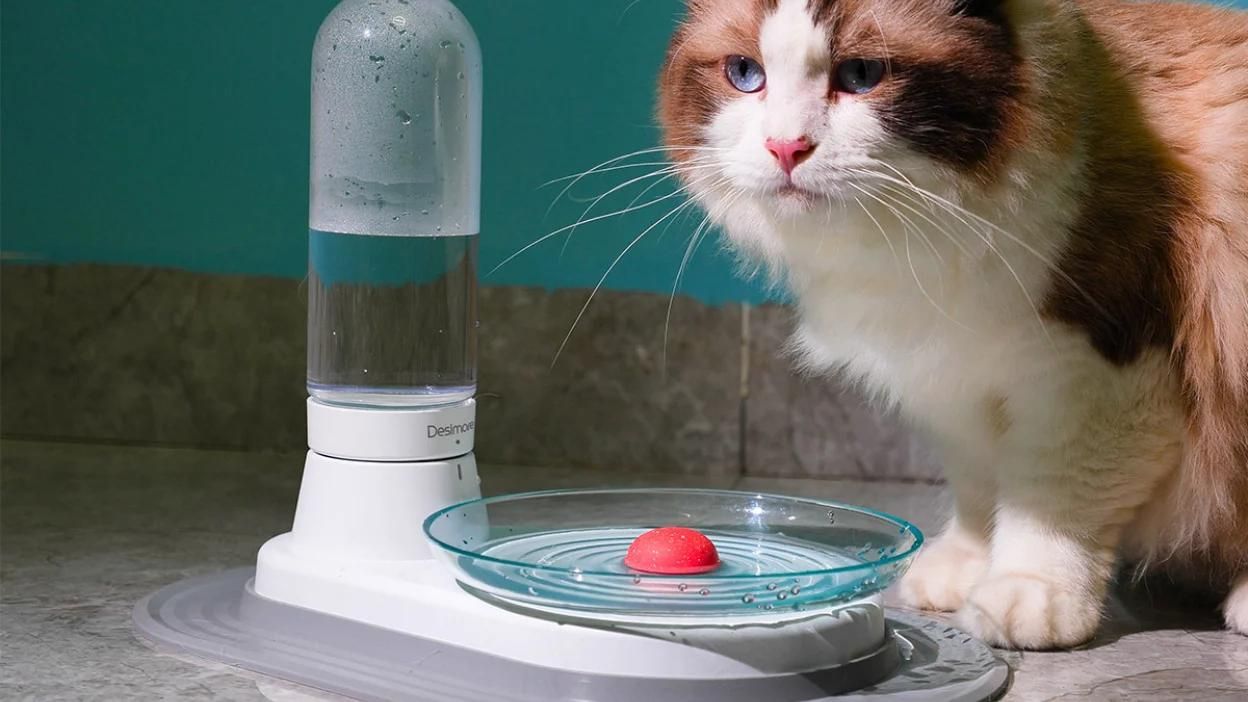
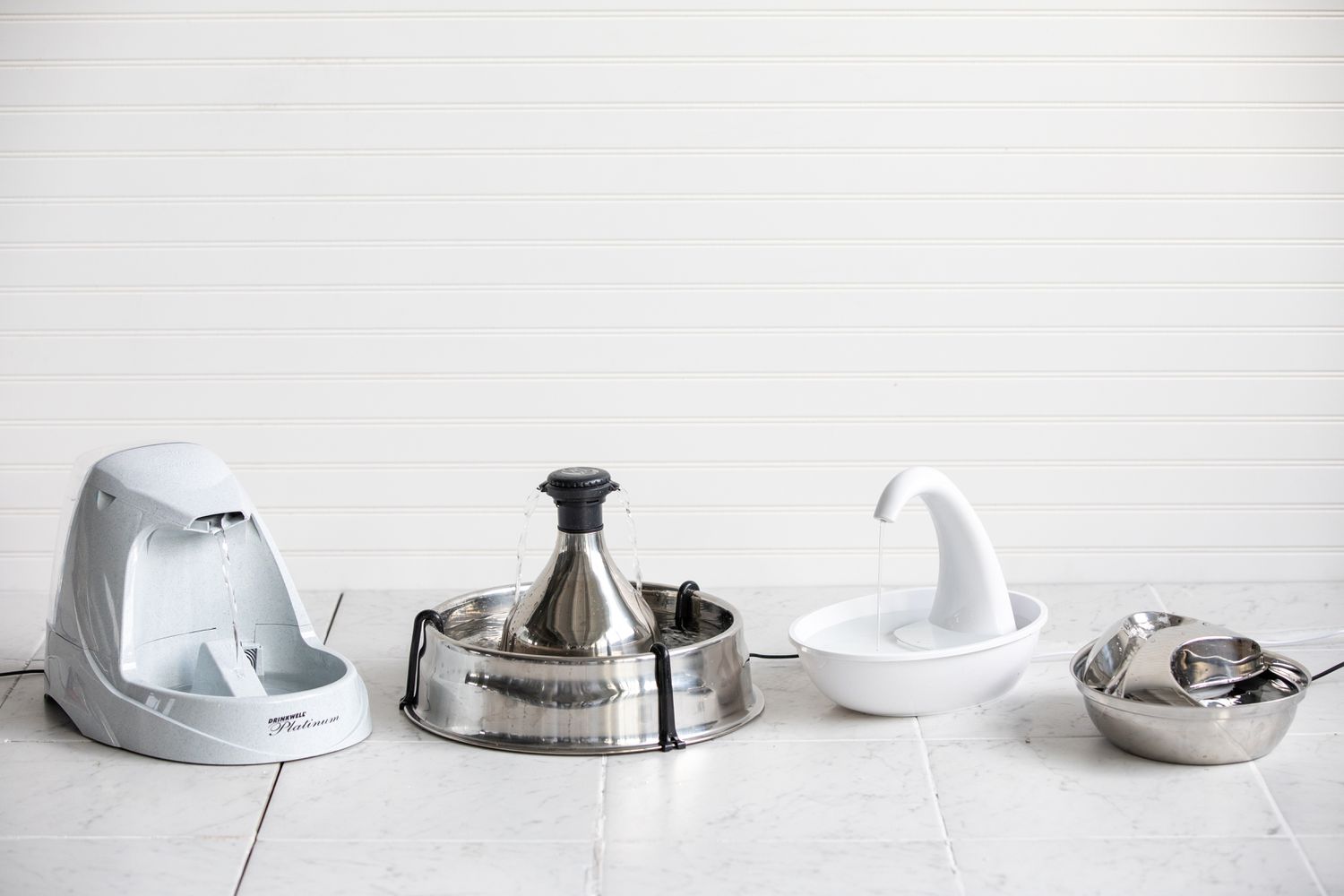
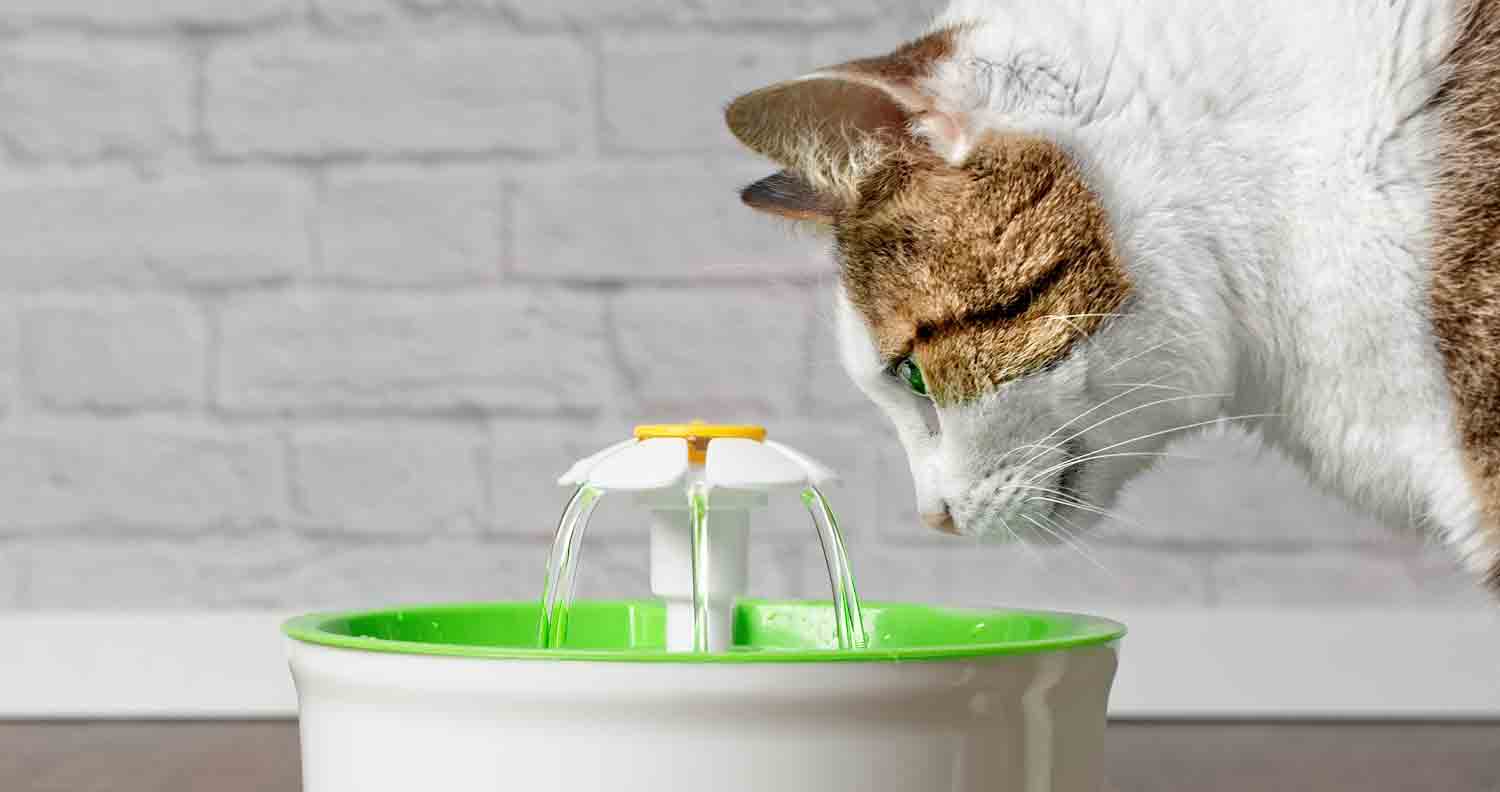
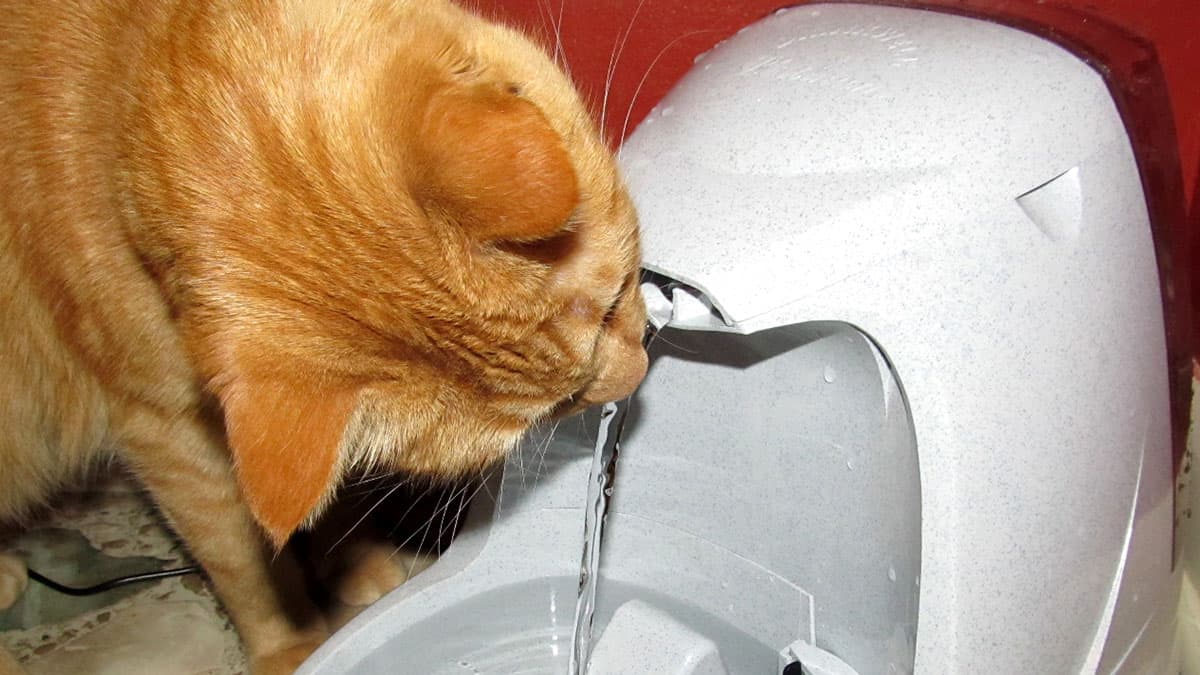
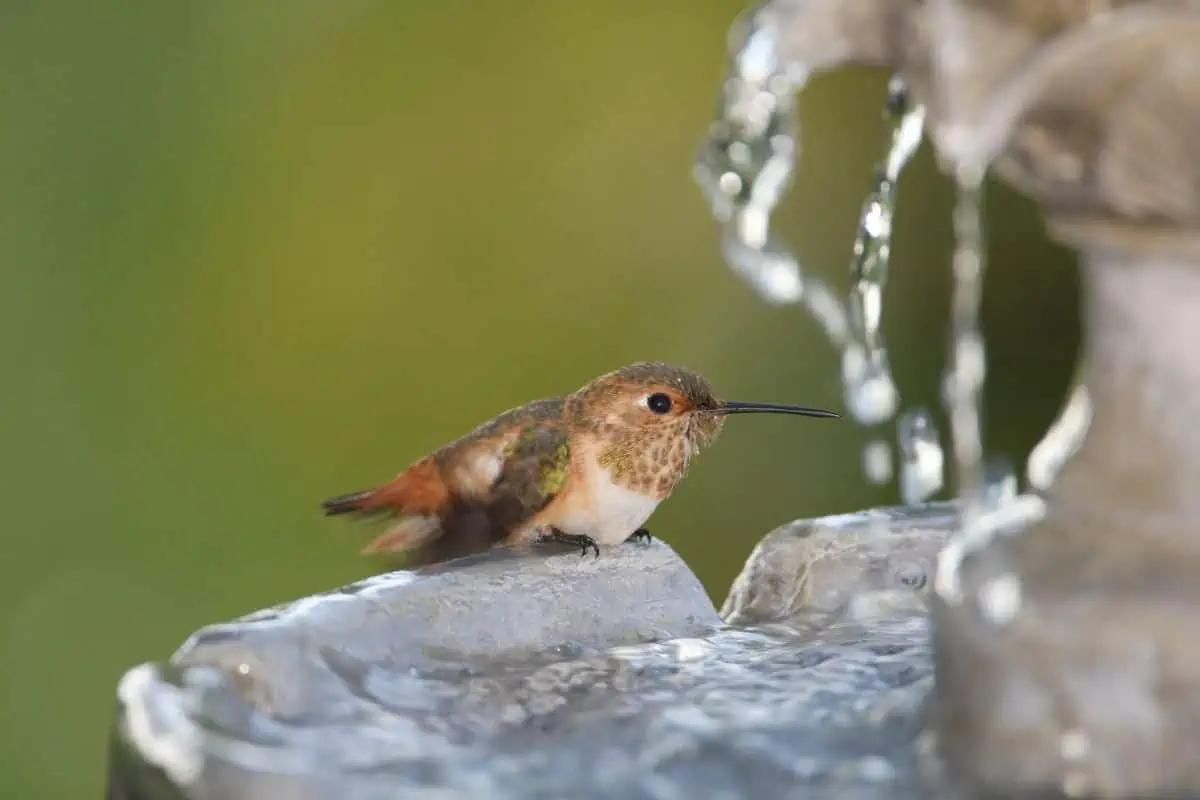
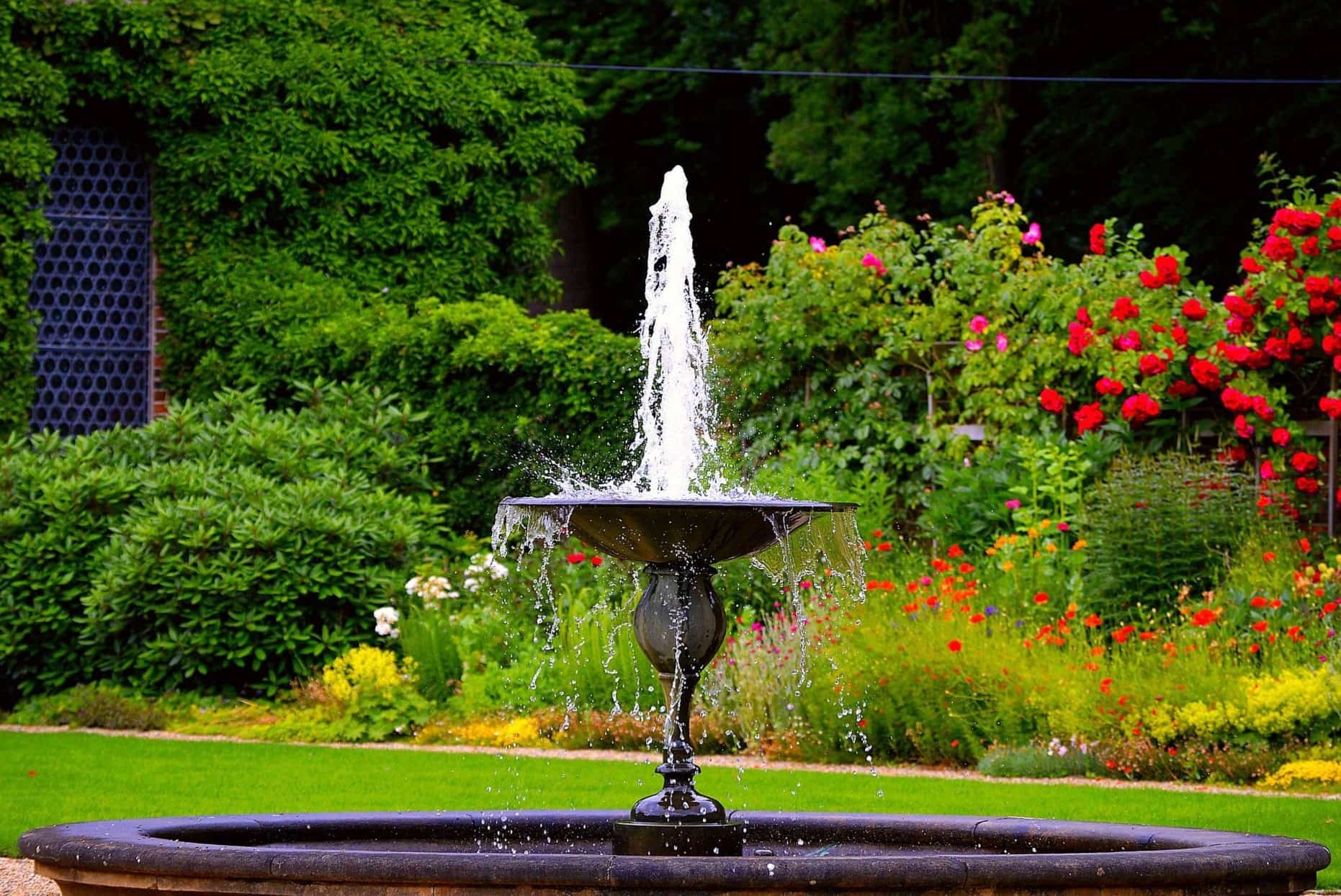
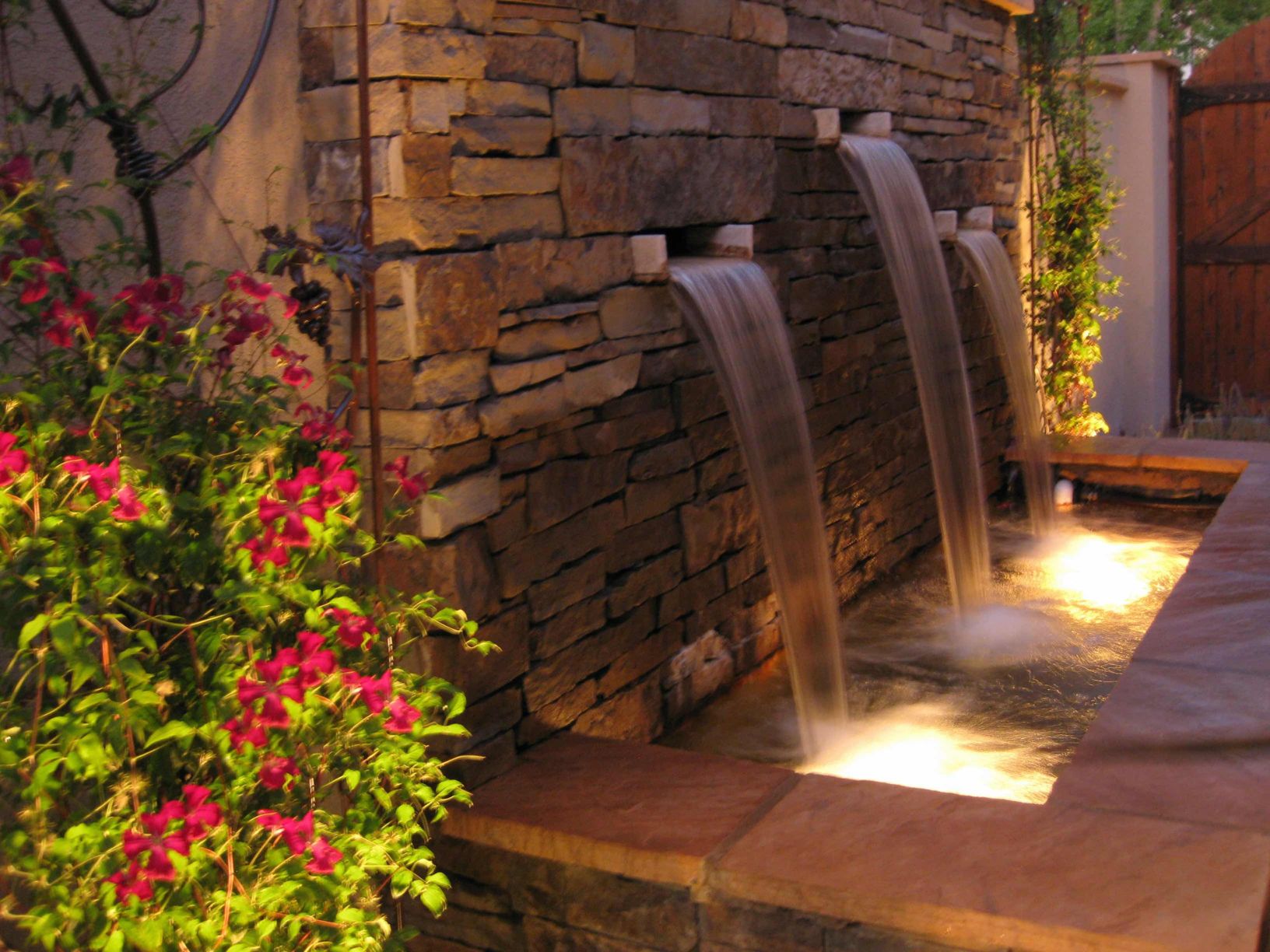

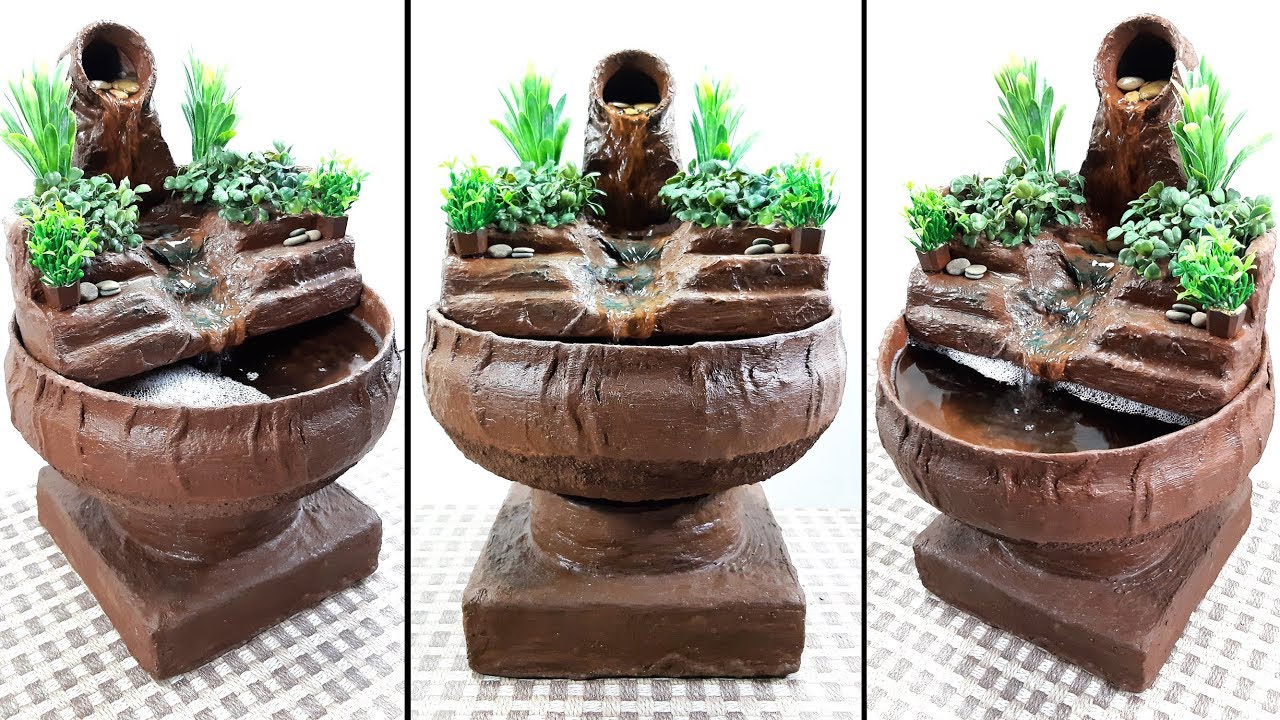
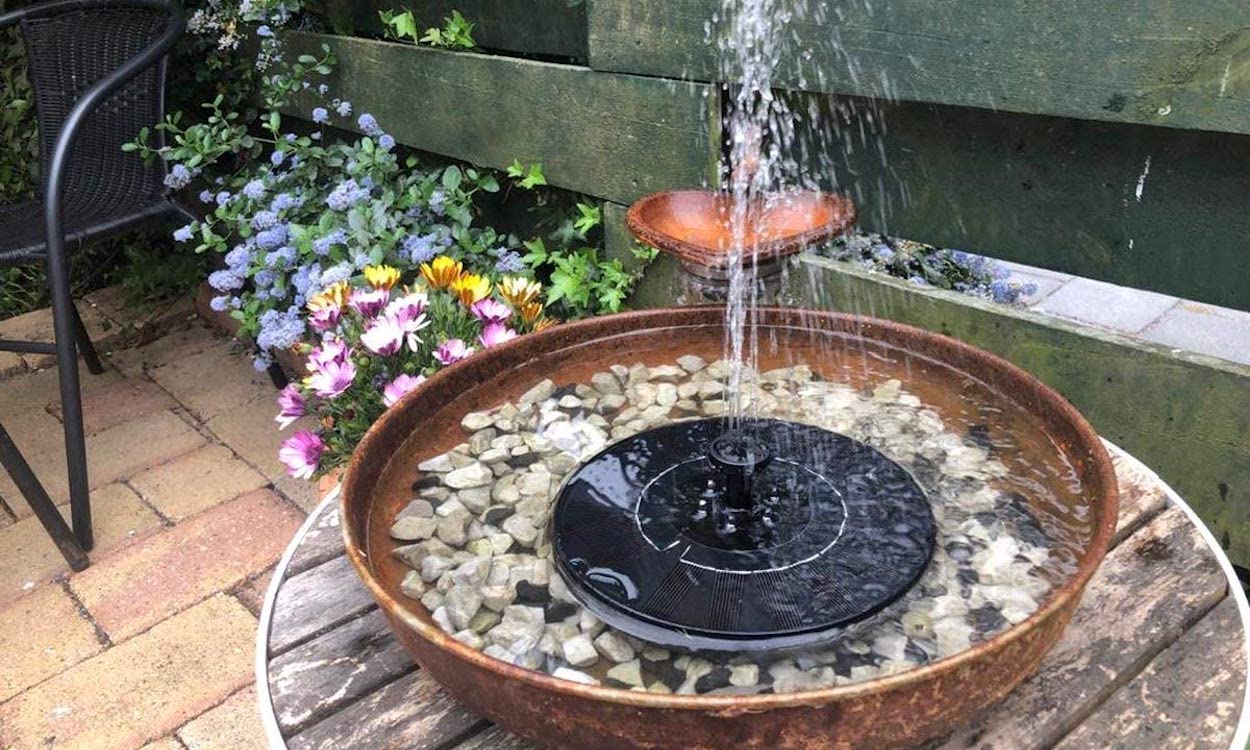
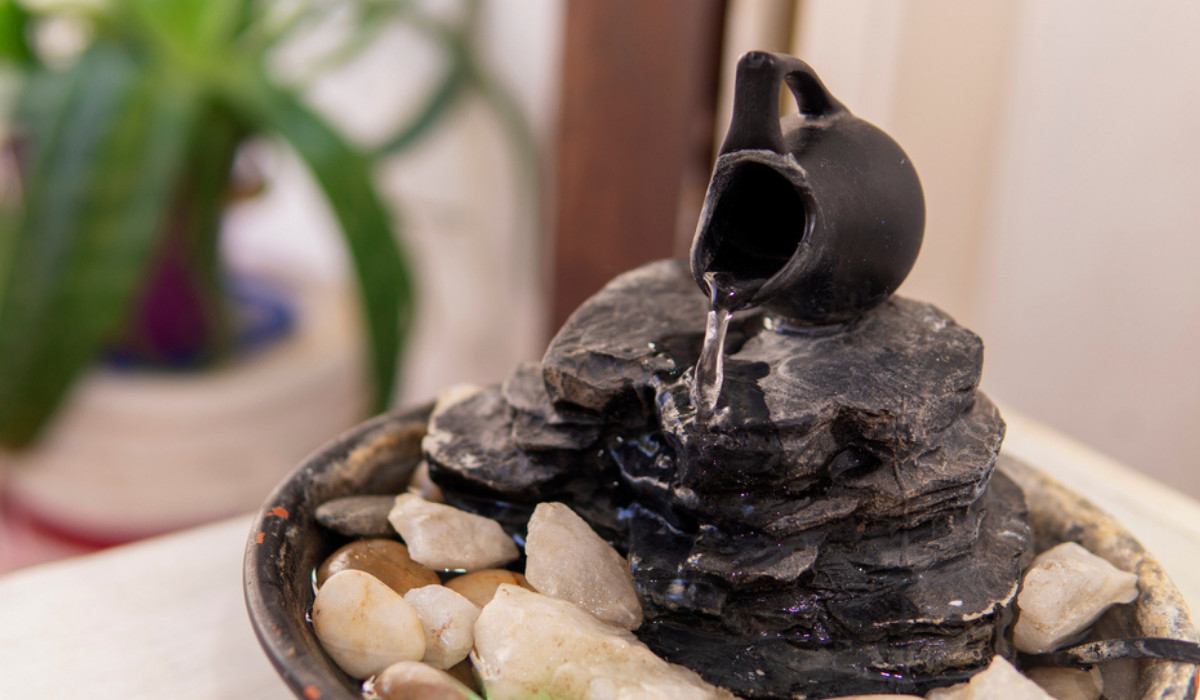
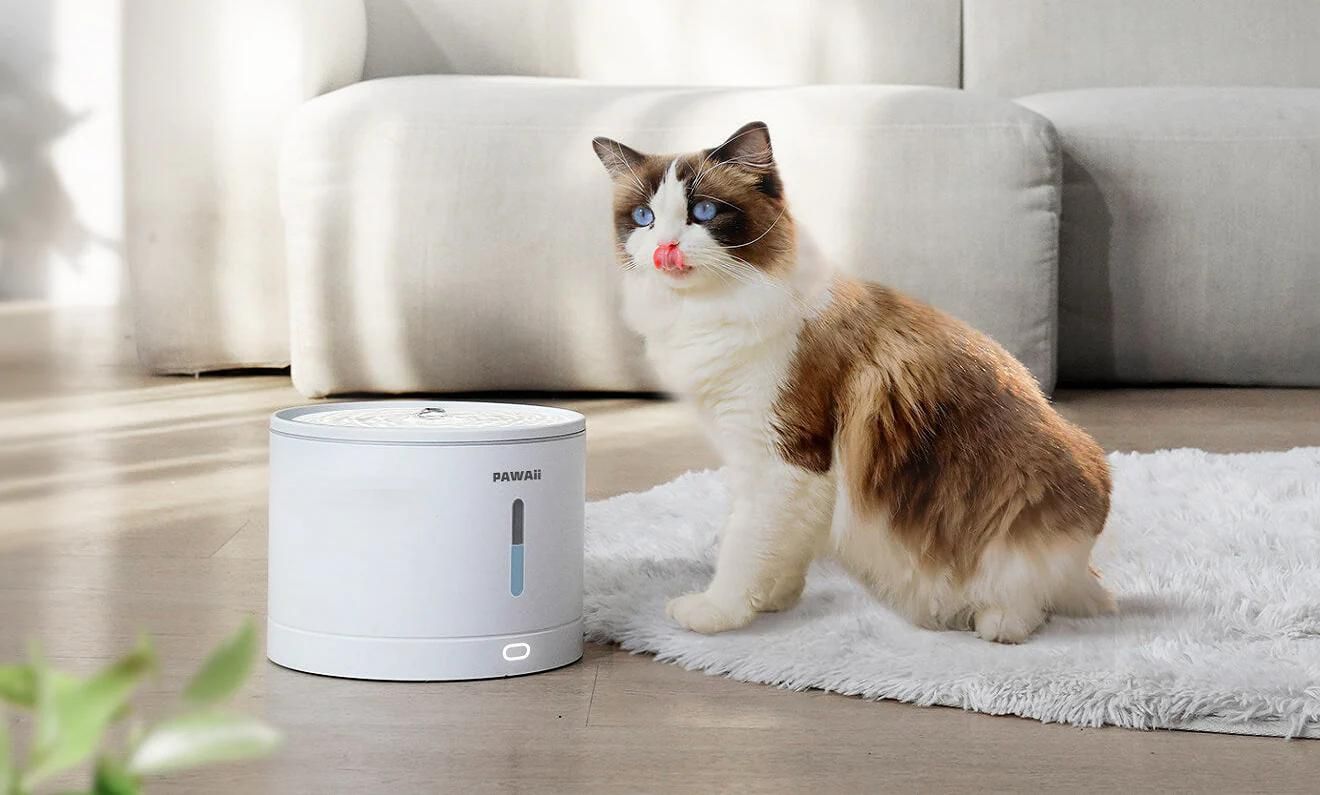
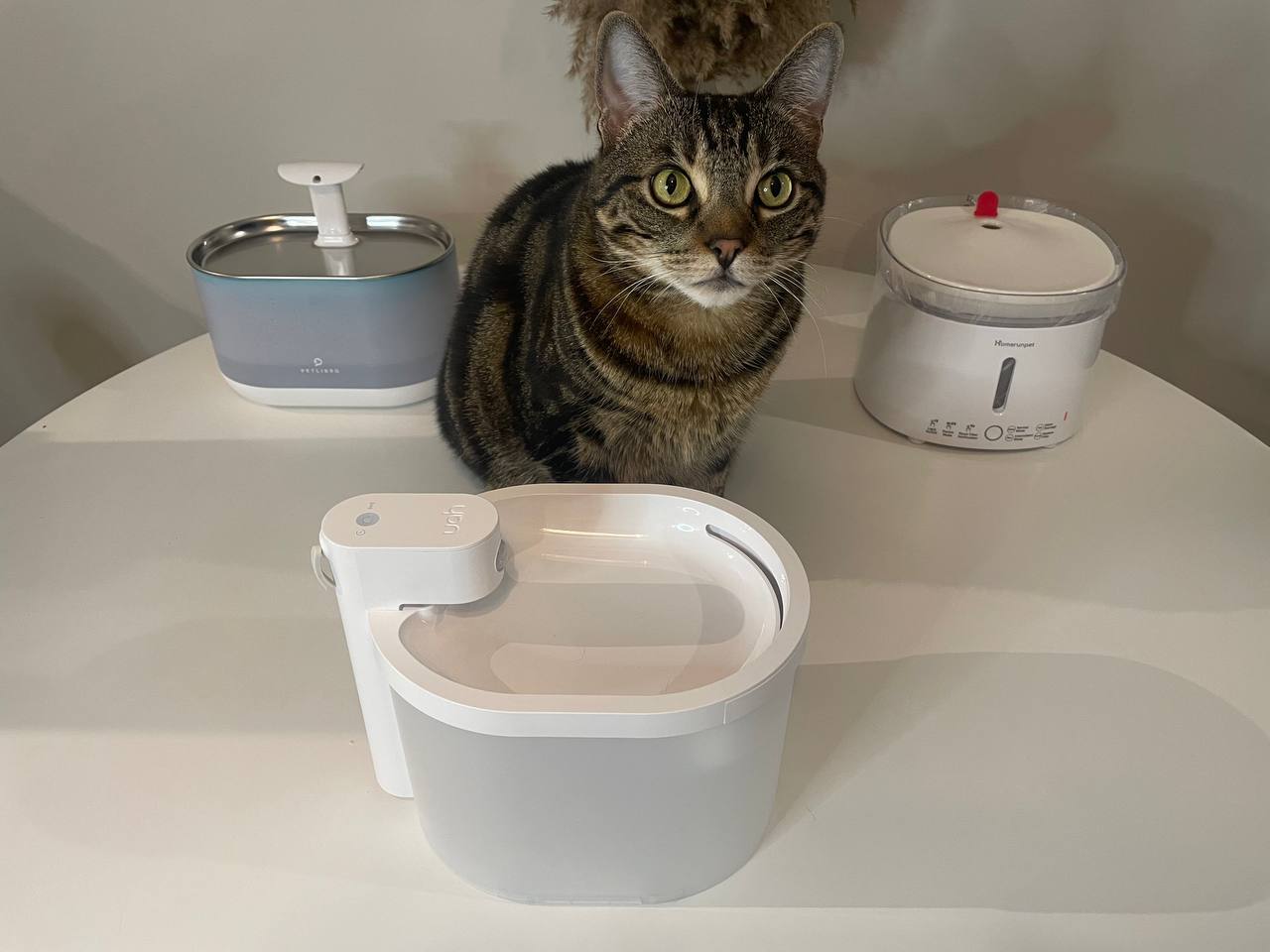

0 thoughts on “How To Make A Cat Water Fountain”